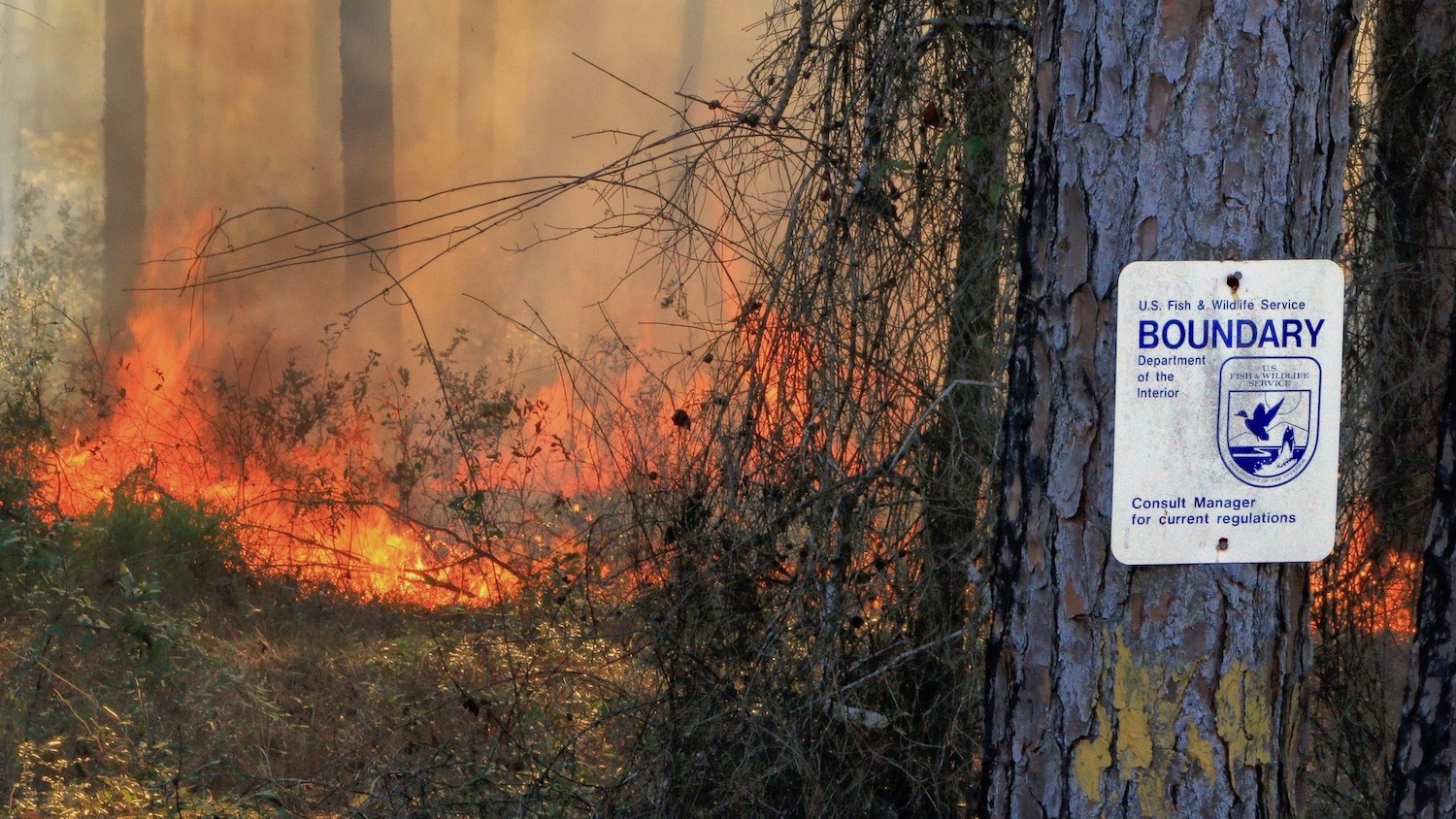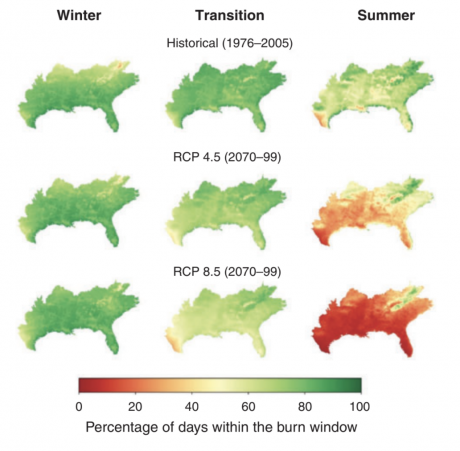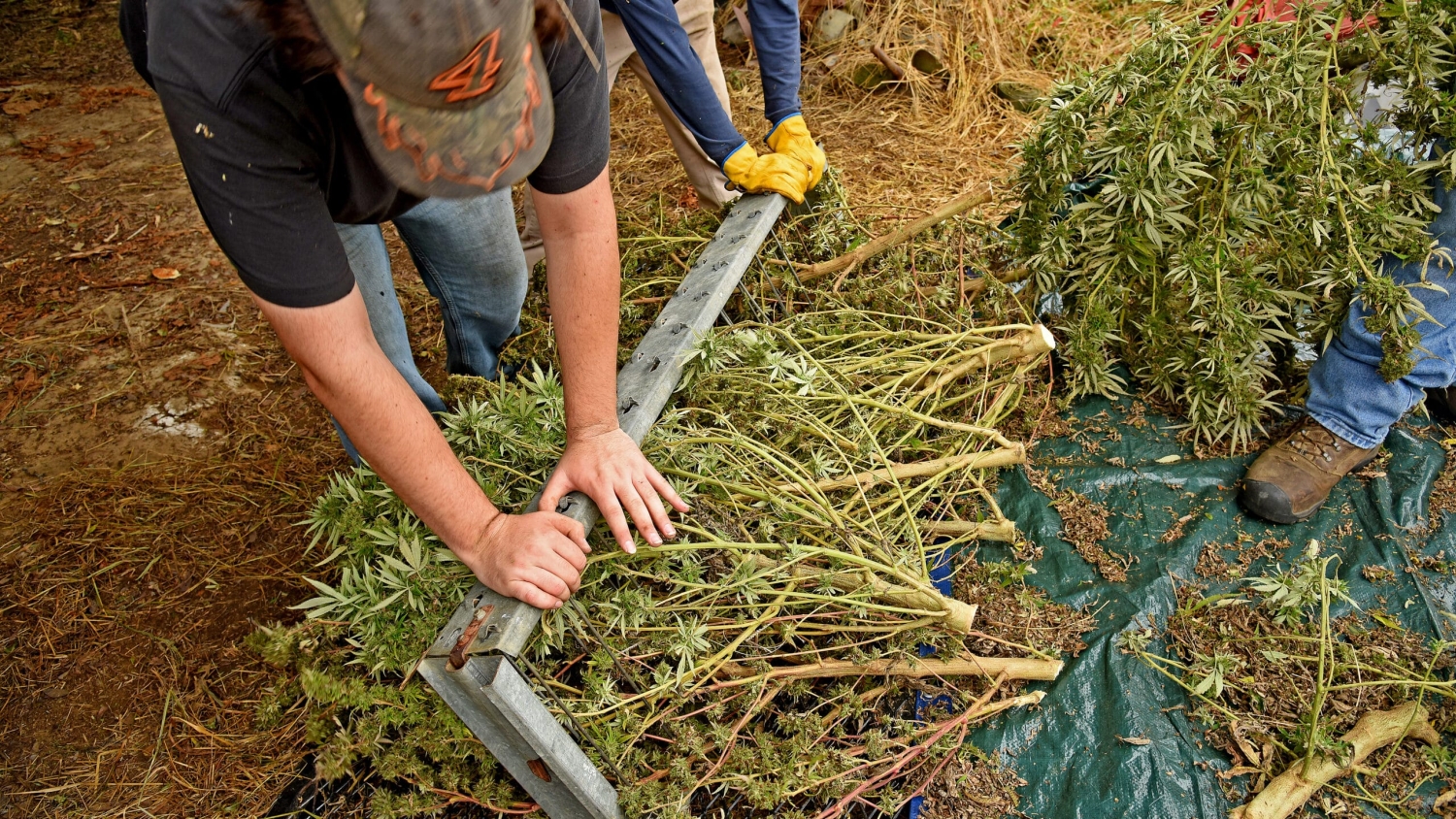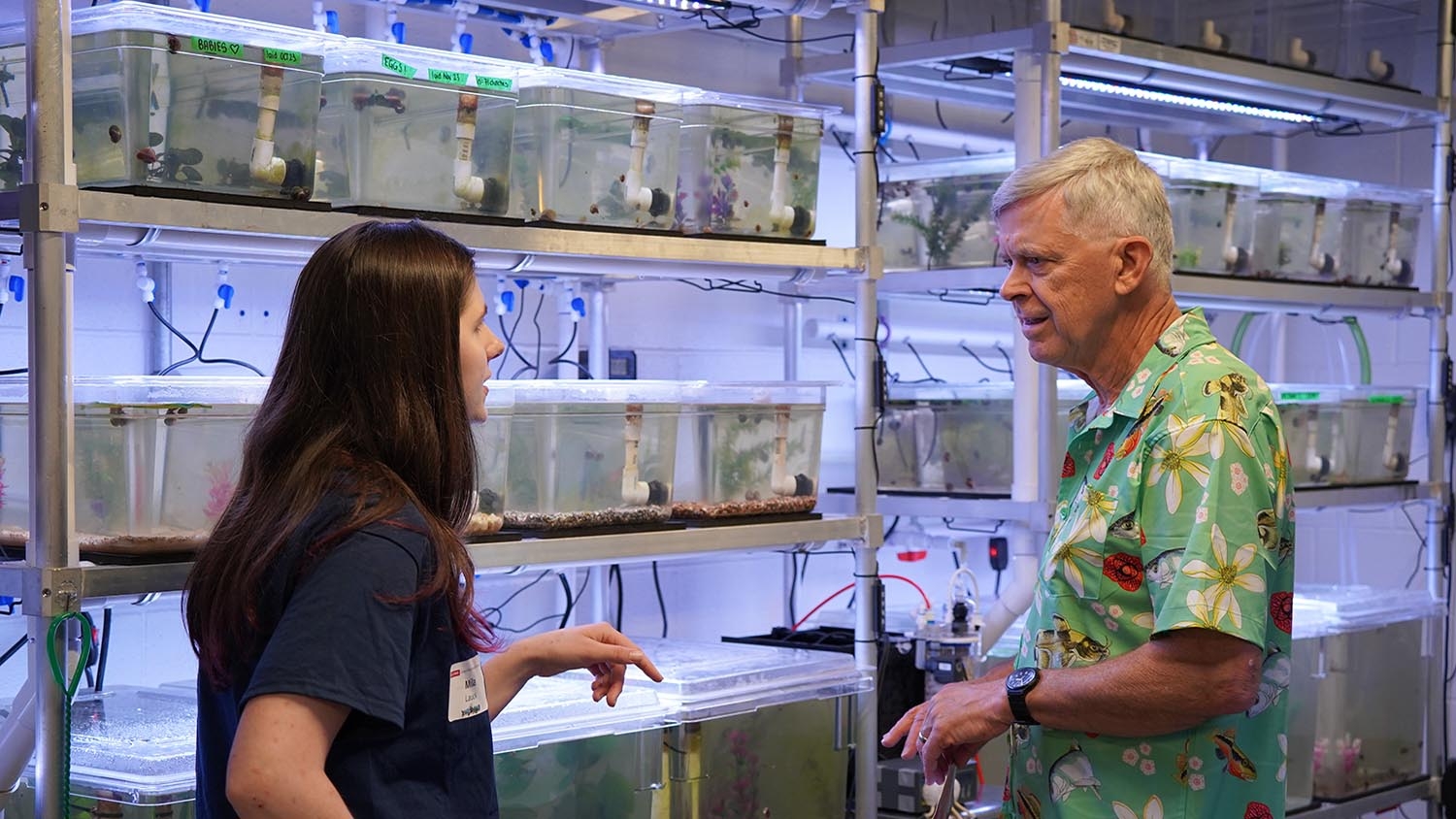Climate Change Will Decrease Prescribed Fire Opportunities in Southeastern US

Land managers are projected to have fewer opportunities to conduct controlled, prescribed burns in the southeastern United States because of man-made climate change. A new study found that in a future with high levels of greenhouse gas emissions, the percentage of suitable days for burning would significantly decrease by the end of the century, with some areas projected to lose all possible burn days in the summer months. This would increase the risk of wildfire and put fire-dependent ecosystems in jeopardy.

Many land management and conservation strategies in the southeastern United States heavily rely on prescribed burning, or the intentional lighting of fires during safe weather conditions by trained wildfire specialists. While it may seem counterintuitive, fire can be just as critical to ecosystems as rain and sunshine. Several studies have shown how prescribed burns benefit native bees, bolster rare ecosystems like longleaf pine forests, and could have saved this rare butterfly from extinction. Plus, small fires reduce the amount of potential wildfire fuel, reducing the risk of large, out-of-control fires that destroy ecosystems and neighborhoods–truly fighting fire with fire.
However, lighting a prescribed fire requires an alignment of time, resources, fire specialists, and suitable weather conditions–known as a “burn window.” For example, a burn window will close if the temperature is too high or if the winds would carry the smoke from the fire over a nearby neighborhood. Being able to rely on a certain amount of burn windows in a given season is essential to managing ecosystems with fire. But a new collaborative study found that not only are there likely to be fewer burn windows in the future due to elevated temperatures, but also that managers won’t be able to rely on consistently good burning conditions in the spring as hot weather arrives earlier and earlier in the year.
Researchers identified relative humidity, temperature, and wind speed as three key weather conditions that define ‘good’ burn windows. They then calculated the percentage of days where these conditions historically occurred (1976–2005) and compared those to the projected percentage of burn windows under two future climate scenarios, one assumes continued growth in greenhouse gas emissions through the end of the century (RCP 8.5) and the other assumes that emissions are reduced, stabilizing greenhouse gas concentrations in the atmosphere (RCP 4.5).

Under both scenarios, the percentage of summertime days that meet burn window criteria dropped dramatically. Historically, in the southeastern United States, 64.9% of summertime days met the burn window criteria. That drops to 40.6% under RCP 4.5 and 21.9% under RCP 8.5 by the end of the century. Regionally, some areas would end up with fewer than 10% of days that meet burn window criteria.
Along with an overall reduction of days with burn windows, researchers also found that the availability of good burning days in the spring becomes much more variable and unpredictable, making it difficult for managers to plan and have the resources necessary in place for a productive prescribed fire season.
Without prescribed fires, many neighborhoods and critical habitats are all put at greater risk of destruction from wildfires. Even more critically in the Southeast, many ecosystems that are home to the region’s most iconic species–like longleaf pine, gopher tortoises, and red-cockaded woodpeckers–will suffer from a lack of consistently applied fire treatments. This research identifies one of the many multi-faceted climate change-related challenges that land managers and conservation organizations will face in the coming decades.
“Much of what we consider to be unique and treasured about many natural areas in the Southeast are dependent on frequent, low intensity fires to survive and thrive,” says co-author Adam Terando, a research ecologist at the Southeast Climate Adaptation Science Center housed by NC State’s Department of Applied Ecology. “Our study shows that now that these ecosystems are dependent on humans to maintain this level of fire activity, a warming climate could really upend the ability of managers to carry on this work in the same way as they have in the past.”
The article, “Climate change projected to reduce prescribed burning opportunities in the south-eastern United States,” was published on June 1, 2020 in the International Journal of Wildland Fire. The article was authored by John A. Kupfer from the University of South Carolina; Adam J. Terando from the US Geological Survey and North Carolina State University; Peng Gao from the University of North Carolina at Wilmington; Casey Teske from the US Fish and Wildlife Service and J. Kevin Hiers from the Tall Timbers Research Station. This work was supported by the US Geological Survey Southeast Climate Adaptation Science Center (grant no. G15AP00162).


